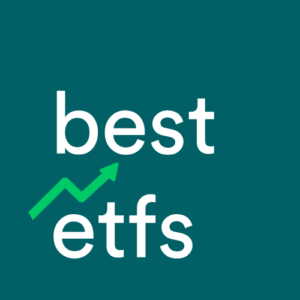Are ANZ Banking Group (ASX:ANZ) shares too cheap to ignore? How do you research a share of a company like ANZ or National Australia Bank Ltd (ASX:NAB) from the ground up? Below, I explain what to look for.
ANZ Banking Group is a leading Australian and Kiwi bank, with an additional presence throughout the oceanic region. ANZ is one of the Big Four Aussie banks and a leader in the NZ banking market, deriving much of its revenue from mortgages, personal loans and credit.
5 tricks to research ANZ Banking Group (ASX:ANZ) shares
Pay attention to culture
It’s fair to say, we think, that a good workplace and culture amongst staff can lead to improved retention of high-quality personnel and, in turn, that determines the long-term success of a company.
One way Aussie investors can take a ‘look inside’ a company like ANZ Banking Group is to use a HR/jobs website like Seek. Seek’s website includes data on companies, including employee reviews. According to the most recent data we pulled on ANZ, the company’s overall workplace culture rating of 3.4/5 was above the banking sector average rating of 3.23.
Is lending profitable?
Banks such as ANZ need debt and good profit margins to make their business profitable. In basic terms, a bank gets money from term deposit holders and wholesale debt investors and lends that money to homeowners, businesses and investors. The difference between what a bank pays to savers and what it makes from mortgage holders (for example) is the net interest margin or NIM. Rememeber: when it comes to NIMs, the wider the margin the better.
If you are forecasting the profits of a bank like ANZ or Commonwealth Bank of Australia (ASX:CBA), knowing how much money the bank lends and what it makes per dollar lent to borrowers is essential. That’s why the NIM is arguably the most important measure of a bank’s profitability. Across the ASX’s major banks, we calculated the average NIM to be 1.93% whereas the bank’s lending margin was 1.63%, highlighting it delivered a lower-than-average return from lending compared to its peer group. This may happen many reasons, which are worth investigating.
The reason analysts study the NIM so closely is because ANZ Banking Group earned 80% of its total income (akin to revenue) just from lending last year.
ROE matters
Return on shareholder equity or just ‘ROE’ helps you compare the profit of a bank against its total shareholder equity, as shown on its balance sheet. The higher the ROE the better. ANZ Banking Group’s ROE in the latest full year stood at 5.1%, meaning for every $100 of shareholder equity in the bank it produced $5.10 in yearly profit. This was below the sector average of 6.99%.
Know your downside
For Australia’s banks the CET1 ratio (aka ‘common equity tier one’) is paramount. CET1 represents the bank’s capital buffer which can go towards protecting it against financial collapse. According to our numbers, ANZ Banking Group had a CET1 ratio of 11.3%. This was below the sector average.
Dividend valuations are handy (and pretty easy!)
A dividend discount model or DDM is one of the easier and more efficient ways to value bank shares. To do a DDM we have to estimate the bank’s dividends going forward (i.e. the next full-year dividend) and then apply a risk rating. Using a simple DDM, let’s assume the bank’s dividend payment grows at a consistent yearly rate into the future somewhere between 2% and 3%. For the risk rating, we will use multiple risk rates between 6% and 11% and then average the valuations.
So what’s the result? Our simple DDM valuation of ANZ shares is $9.46. However, using an ‘adjusted’ dividend payment of $1.22 per share, the valuation goes to $19.23. The valuation compares to ANZ’s current share price of $28.11.
What this means is, although the shares might seem expensive using our simple DDM model, don’t make a decision based on this article. Please go away now and consider all of the risks and ideas we presented here. While you’re at it, you might also consider a diversified shares ETF, dividend fund or at least grab a copy of our free ETF investment report below.
[ls_content_block id=”4954″ para=”paragraphs”]



